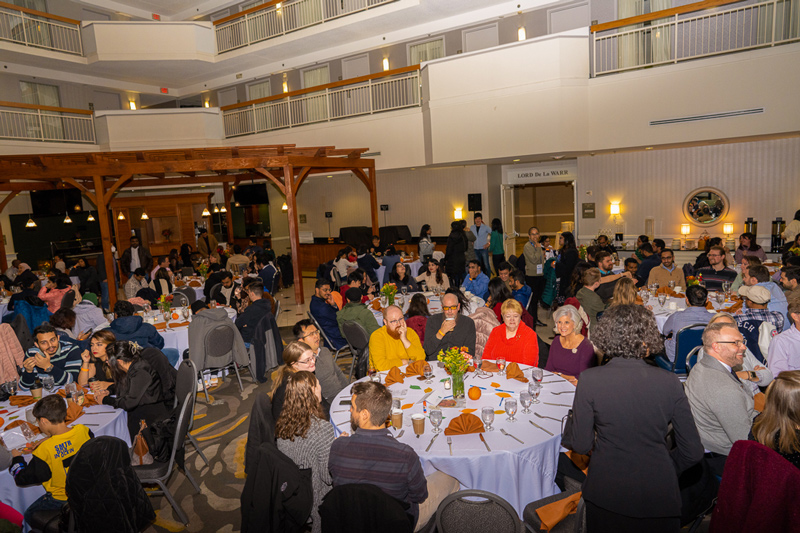Introduction
Studying abroad as an international student is an exciting and enriching experience, but it also comes with its own set of challenges. One of these challenges is navigating American holidays, which can be quite different from what students are accustomed to in their home countries. In this article, we will explore the experiences of international students during three major American holidays: Thanksgiving, Christmas, and New Year’s. We will delve into their perspectives, traditions, and how they navigate these breaks when they are far away from home.
Thanksgiving: A Cultural Immersion
Thanksgiving, which falls on the fourth Thursday of November, is a quintessential American holiday that holds great significance for its citizens. For international students, this holiday presents a unique opportunity to immerse themselves in American culture and traditions.
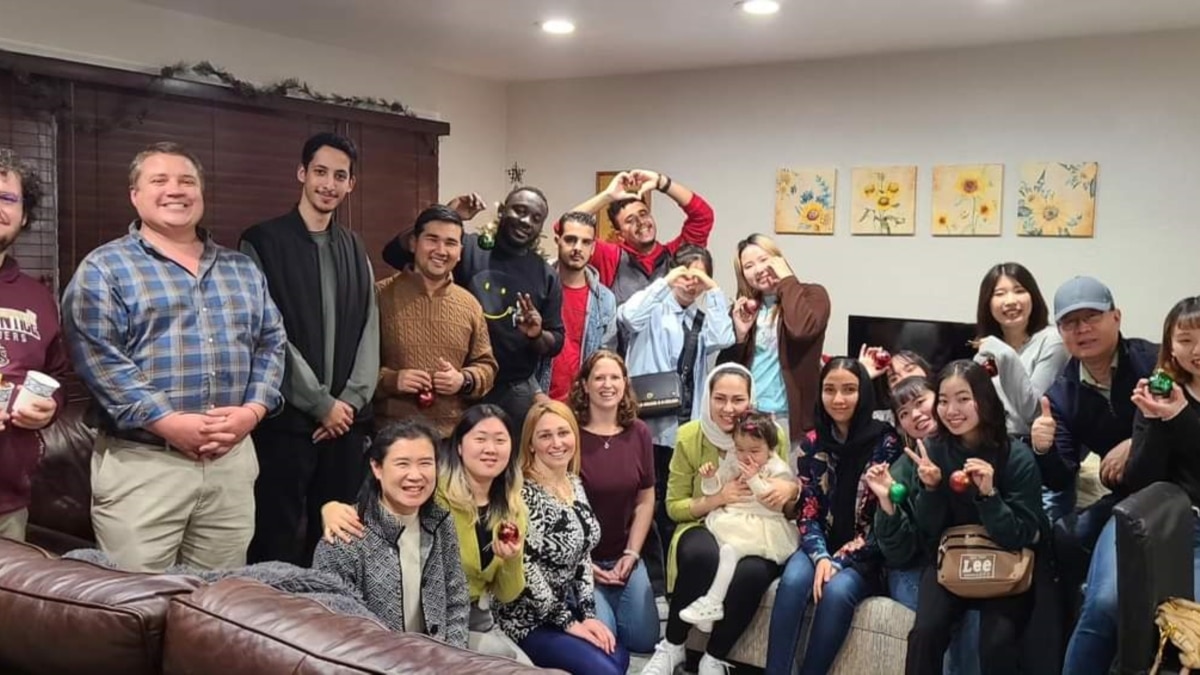
Exploring Thanksgiving Traditions
Aimee Sanata, a student from the Dominican Republic studying at Old Dominion University, shares her experience celebrating Thanksgiving with her boyfriend’s family. Like many international students, she prepared for the holiday by watching videos on YouTube to learn about its history. Sanata mentions that the videos created for children provided a clear explanation that helped her understand the significance of Thanksgiving.
The First Taste of Turkey
One of the highlights of Thanksgiving for many international students is the chance to taste turkey for the first time. Turkeys, large birds primarily raised on farms, are a staple of the Thanksgiving feast. Sarah Mannix, an English instructor at Old Dominion University, recalls inviting her students to celebrate Thanksgiving with her. She mentions that her students were excited to see a cooked turkey for the first time. This sentiment is echoed by Victoria Stepanyants, a medical student originally from Russia and Cyprus, who explains that American Thanksgiving food matched her expectations based on media coverage.
Sharing Cultural Exchange
Thanksgiving also provides an opportunity for international students to share their own cultures with their American counterparts. Sofia Montanari, a high school student from Italy, mentions that she brought food from her home country to share with the American family she celebrated Thanksgiving with. She appreciates the mutual exchange of cultures during the holiday season.
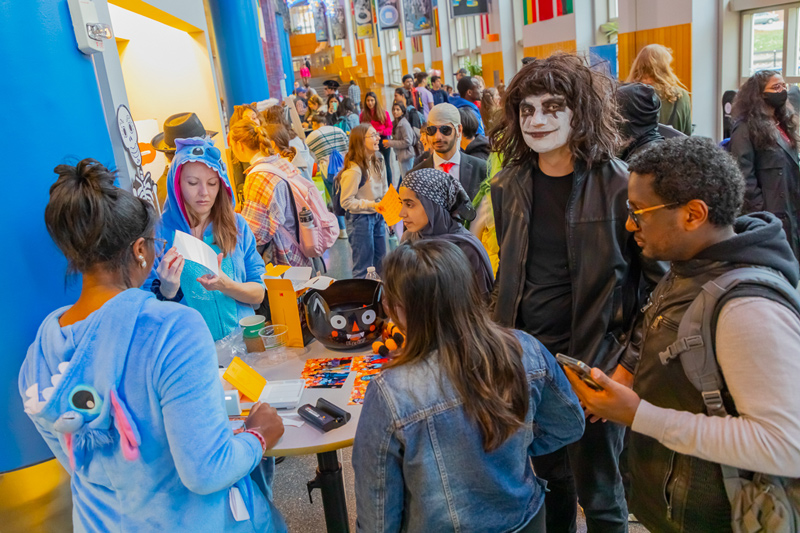
Coping with Long Breaks and Winter Blues
After Thanksgiving, students return to classes and exams, but about three weeks later, another break begins. This mid-December to late January break can be challenging for international students, particularly due to the long duration and the change in weather.
Adjusting to the Cold and Darkness
Stepanyants, who studied at Johns Hopkins University in Baltimore, Maryland, before entering medical school in Cleveland, Ohio, describes the difficulty of adjusting to the colder climate and shorter days. Coming from a place with over 300 sunny days per year, she found the change in weather and sunlight to be automatically depressing. However, she shares some strategies for coping with the winter blues.
Maintaining Routine and Connecting with Others
To combat feelings of loneliness and isolation during the long breaks, Stepanyants emphasizes the importance of maintaining a regular schedule and spending time with people. She recommends reaching out to other international students to make plans together, such as taking day trips to nearby cities or participating in activities organized by the university’s international student office.
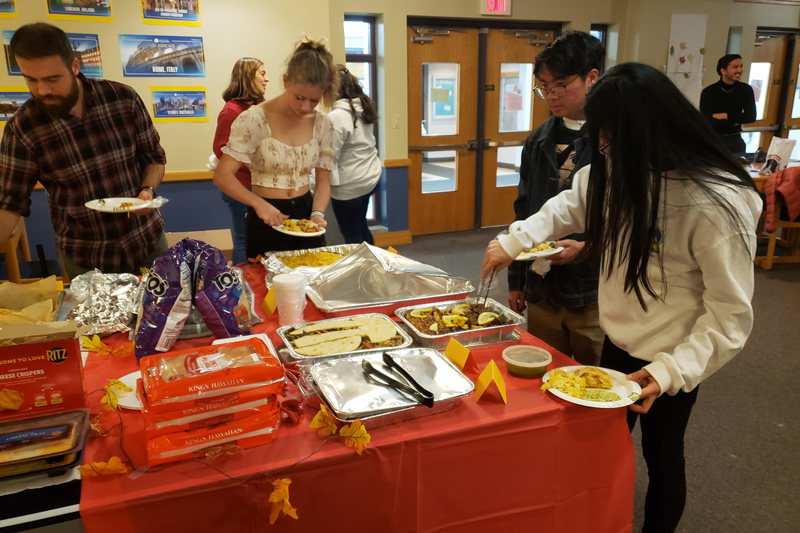
Seeking Support from University Programs
Dan Sinetar, a staff member at Miami University in Ohio, highlights the programs and support available to international students during the winter break. At Miami University, students who cannot return home during the break are allowed to stay on campus. They can participate in a program that involves local community members making holiday treats for international students. Additionally, some universities organize celebrations and events specifically for international students, providing them with a sense of community and connection during the long breaks.
Celebrating Christmas and New Year’s
For many international students, Christmas and New Year’s are significant holidays that are traditionally celebrated with family and friends. Being away from home during these festive times can be challenging, but students find ways to create meaningful experiences and stay connected with their loved ones.
Spending Time with Host Families
Sofia Montanari, the Italian high school student, mentions that her school does not permit students to stay on campus during Christmas break. However, she was fortunate enough to spend the break with a host family. This experience allowed her to celebrate the holidays with an American family, providing a sense of warmth and connection.
Reuniting with Family
Some international students have the opportunity to reunite with their families during the Christmas break. Aimee Sanata, who is traveling to the Dominican Republic for Christmas, shares her excitement about being able to attend her brother’s wedding and spend time with her family. She expresses gratitude for the chance to speak Spanish, her native language, and reconnect with her cultural roots.
Virtual Celebrations and Connection
For students unable to return home, technology bridges the distance. Stepanyants, who has a younger sister attending college in the U.S., mentions how they have been able to connect virtually during the holidays. They cook traditional foods, have video calls, and exchange presents, making the distance more bearable. She emphasizes the importance of maintaining connections with family and finding ways to celebrate despite the physical separation.
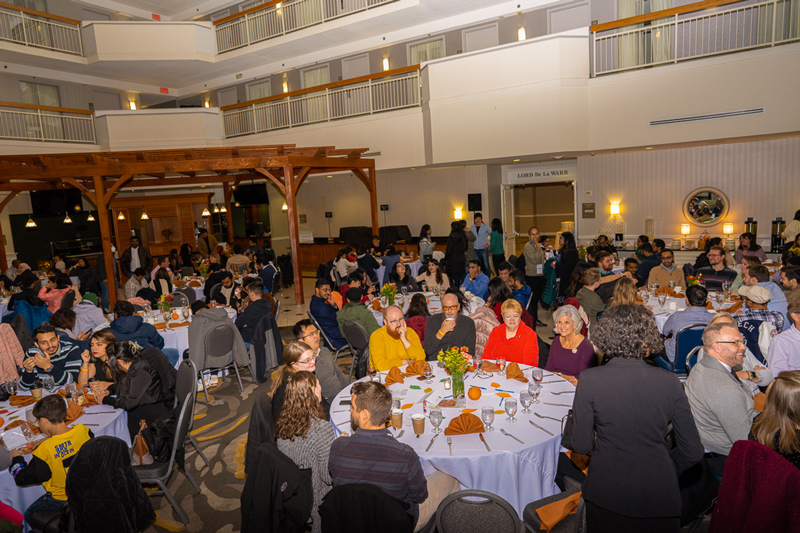
Conclusion
Navigating American holidays as an international student can be both challenging and rewarding. From immersing themselves in Thanksgiving traditions to finding ways to cope with long breaks and celebrating Christmas and New Year’s away from home, international students showcase resilience, adaptability, and a spirit of cultural exchange. These experiences not only enrich their time studying in the United States but also shape their understanding of different cultures and foster lifelong connections.
